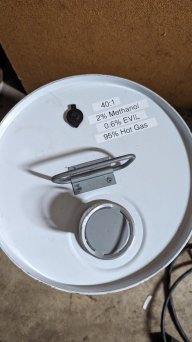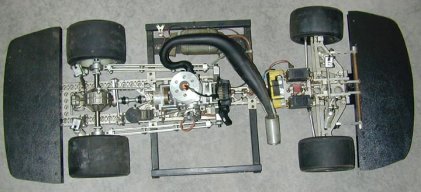- Messages
- 13,107
Castor mixes cleanly with meth. Won't have any issues there unless the temp suddenly drops.(if your forecast is like ours you'll be fine) looking forward to the next edition of "I broke my nitro 2 stroke."
Follow along with the video below to see how to install our site as a web app on your home screen.
Note: This feature may not be available in some browsers.


Register and gain access to Discussions, Reviews, Tech Tips, How to Articles, and much more - on the largest Large Scale RC community for RC enthusiasts that covers all aspects of the Large Scale RC!
Register Today It's free! This box will disappear once registered!
We get it, advertisements are annoying!
Sure, ad-blocking software does a great job at blocking ads, but it also blocks useful features of our website. For the best site experience please disable your AdBlocker.